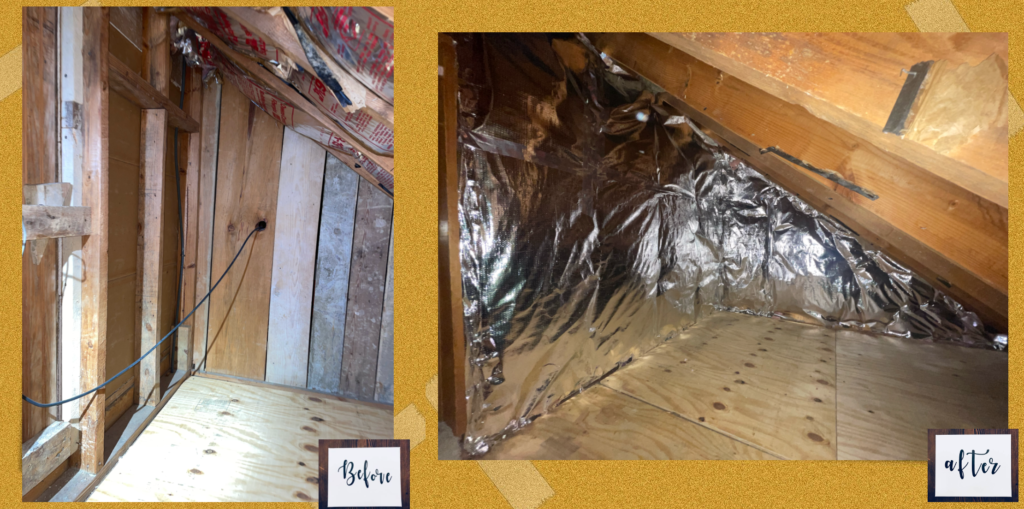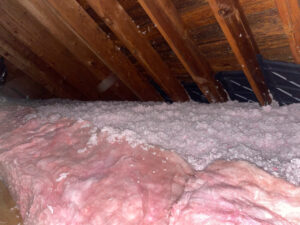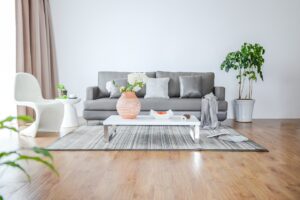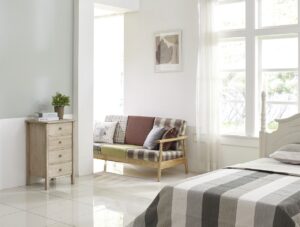The question is how to keep this second floor comfortable and cost friendly?
Homeowners typically strive to achieve curb appeal and a living space that’s cozy. Architects rose to the challenge with the Cape Cod, a tidy, symmetrically pleasing design. Boasting a high-pitched roof, quite popular along the East Coast, the design entered the architectural landscape as a favorite choice in the 1920’s. The dormers or windows, protruding from the large, high-angled roof took the design to a “fevered pitch.” These windows allow natural light to fill the attic space. Homeowners now had a second floor more conducive to living, ideal for another bedroom or even a secluded den. Thinking practically, the pitched roof kept snow from piling up. This feature lessened stress on the roof rafters and beams. Once the calendar turned to the 40’s and 50’s, housing developers on a large scale-built communities with Cape Cods for the ease and popularity. With lower oil costs and less of a focus on insulation, this generation enjoyed a home design easy on the wallet. They primarily lived on the first level and the attic was reserved for storage or an extra bedroom. In fact, in many cases, HVAC units didn’t condition the attic level, and nor did any water pipes travel upstairs. Times have changed drastically since these days, and the second floor has knee walls, framing the space into a functioning room. The question is how to keep this second floor comfortable and cost friendly?
In the Cape Cod attic level, knee walls serve as the needed room divider between the attic space and the living quarters, but also connect the angled roof rafters to the home’s horizontal floor joists. This vertical wall stands about 3 feet tall, dividing the conditioned and unconditioned air space. The design hides electrical wiring, while blocking air leakage from the living space, a major aesthetic benefit. Proper air sealing and air flow direction with baffles inserted on the roof’s rafters makes the knee wall’s function of keeping the living space comfortable effective. Our crew foreman, Dimitrios explains, “We put baffles along the eaves so that the air flow coming along the eaves can travel up through the attic rather than staying trapped inside that knee wall and making the house deem cold.” Likewise, most knee walls hold a small door, sort of like Alice in Wonderland in the wall. This door gives access to the attic space, but once again, may allow air penetration, making that second floor uncomfortable in temperature. So, sealing this door opening with insulation is key. Fixing the knee wall requires sealing all penetrations, including outlets, the small door and any plumbing. Then, insulation will serve like a warm winter jacket. Batt insulation, blown-in filler, spray foam, or insulation sheets all become possible solutions in making the top floor of a Cape Cod comfortable.
Before beginning the insulation process, prepare the knee wall for the application. First, secure any HVAC ductwork or essential wiring between the joists. Secondly, remove any obstructions to the space between the knee wall studs. If the wall has any bricking, decide if you want to remove a few of the bricks for blown-in filler or all of them for insulation sheets. If wooden paneling covers the unconditioned area, easily remove it and apply the insulation since paneling quickly refastens to the joists. Drywall may serve as a challenge and treating it like the brick strategy will make the insulation application easy. Finally, watch those energy bills fall in price! “EPA estimates that homeowners can save an average of 15% on heating and cooling costs (or an average of 11% on total energy costs) by air sealing their homes and adding attic insulation, floors over crawl spaces, and accessible basement rim joists.” (energystar.gov) A home energy audit can focus your winterizing and if you enjoy the comforts of a Cape Cod, accept the challenge of the knee wall for an easy fix for home comfort!

Take charge of your energy bills!
"Home Sweet Home" transform into a cost saving success!
- Bradley
- Published





